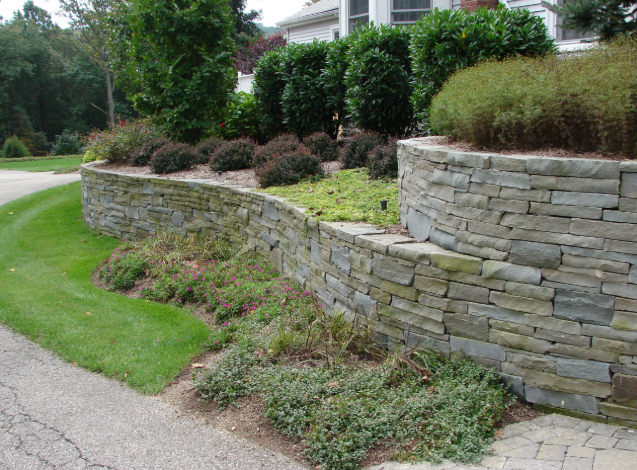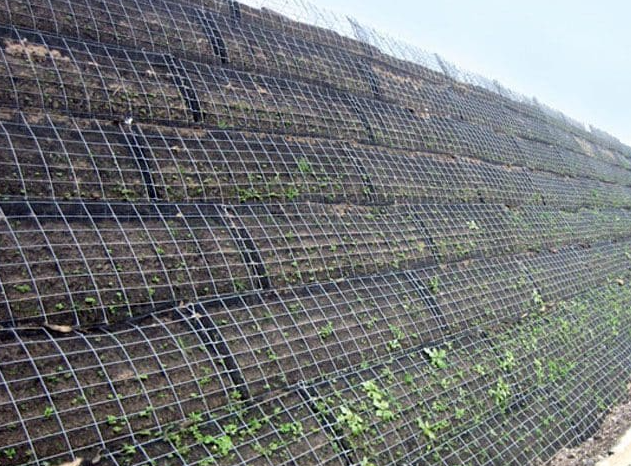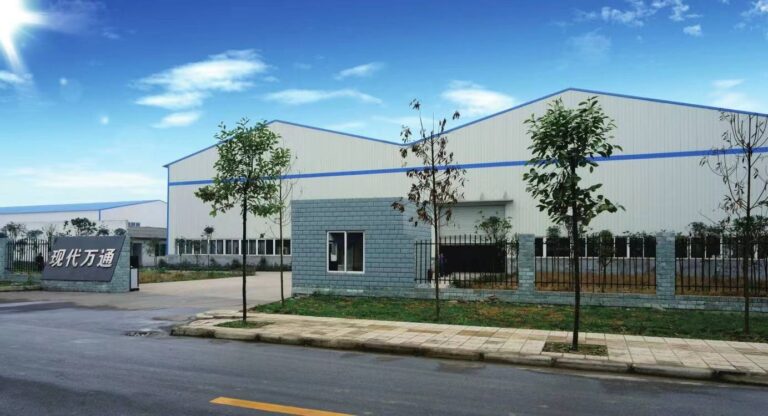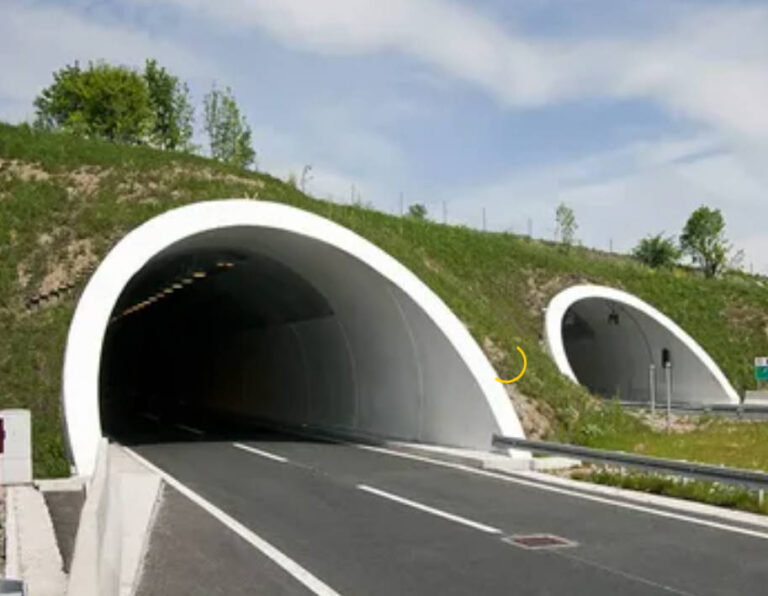Residential properties built on sloped terrains often face challenges like soil erosion, instability, and potential landslides. Implementing effective residential slope stabilization methods is crucial to ensure the safety, functionality, and value of such properties.Below are four widely used and proven methods for slope support that contractors can consider.
Four Common Methods
- Retaining Walls
Retaining walls are one of the most trusted residential slope stabilization methods. These structures are engineered to hold back soil and create flat, usable spaces on otherwise uneven ground. Constructed from concrete, stone, timber, or interlocking blocks, retaining walls not only prevent soil movement but also enhance the landscape design.
Their durability and flexibility make them an ideal solution for supporting sloped areas in residential settings. Proper drainage behind the wall is key to reducing hydrostatic pressure and ensuring long-term stability.
Consider using the Best Choice for Retaining Wall by Using Honeycomb Structure.

- Soil Nailing
Soil nailing is a ground reinforcement technique that stabilizes slopes by inserting steel bars—commonly known as soil nails—into the slope at calculated angles. One of the most efficient tools used in this method is the Self Drilling Anchor Bar. This system combines drilling, anchoring, and grouting into a single process, making it especially effective in loose or collapsing soils where traditional drilling may not be feasible.
The Self Drilling Anchor Bar offers rapid installation without the need for casing, making it ideal for confined residential areas or projects requiring speed and efficiency. It significantly improves construction timelines and reduces labor costs.

- Vegetation Cover
Using vegetation for slope support is not only natural and aesthetically pleasing but also effective. Grass, shrubs, and deep-rooted plants help bind the soil, reducing erosion caused by rainfall and surface runoff.
In many residential areas, property owners prefer this method because it blends seamlessly with the natural environment. As one of the most sustainable residential slope stabilization methods, vegetation enhances soil structure over time while requiring less structural intervention. The Three-Dimensional Vegetation Network is ideal for slope protection and afforestation.

- Geogrid Reinforcement
Geogrids are synthetic materials laid within the soil to add tensile strength and improve overall stability. They are especially useful in constructing or reinforcing steep slopes and embankments.
Once installed, they distribute loads evenly and prevent soil from shifting under pressure.
As part of modern residential slope stabilization methods, geogrid reinforcement is favored for its longevity, adaptability, and relatively simple installation.
It’s also compatible with other stabilization techniques such as vegetation and retaining walls. The HDPE/PP Uniaxial Geogrids are effective for railway, highway, and slope reinforcement applications.
By adopting one or a combination of these residential slope stabilization methods, homeowners can safeguard their property against erosion, slippage, and long-term damage.
Whether you’re building a new home on a hillside or securing an existing slope, it’s essential to choose the right stabilization method that aligns with the soil conditions, slope gradient, and environmental considerations.

In conclusion, these four residential slope stabilization methods—retaining walls, vegetation, and geogrid reinforcement—offer practical, effective, and often aesthetically pleasing solutions for slope support.
As a widely used option among residential slope stabilization methods, ONTON Self Drilling Anchor Bars provides robust reinforcement with minimal environmental disturbance. It’s especially useful for steep or failing slopes and is often finished with a mesh or shotcrete facing for added surface support and aesthetics.
Consulting with an expert in slope engineering can help you determine the most appropriate method for your specific needs and ensure lasting results.





